Mandevilla splendens is a beautiful tropical vine that is native to South America. This plant has become increasingly popular as a houseplant due to its attractive foliage and stunning flowers. The Mandevilla splendens is commonly referred to as the Rocktrumpet, Dipladenia, or Brazilian Jasmine. This plant is a member of the Apocynaceae family, and it is closely related to the Allamanda cathartica.
The Mandevilla splendens plant can grow up to 10 feet in length (3 metres), and it features glossy, dark green leaves that are leathery to the touch. The leaves of this plant are typically oval-shaped, and they can range in size from two to six inches in length (0.6 – 1.82 metres). One of the most striking features of this plant is its beautiful flowers. The flowers are large and trumpet-shaped, and they can range in color from pink to red to white.
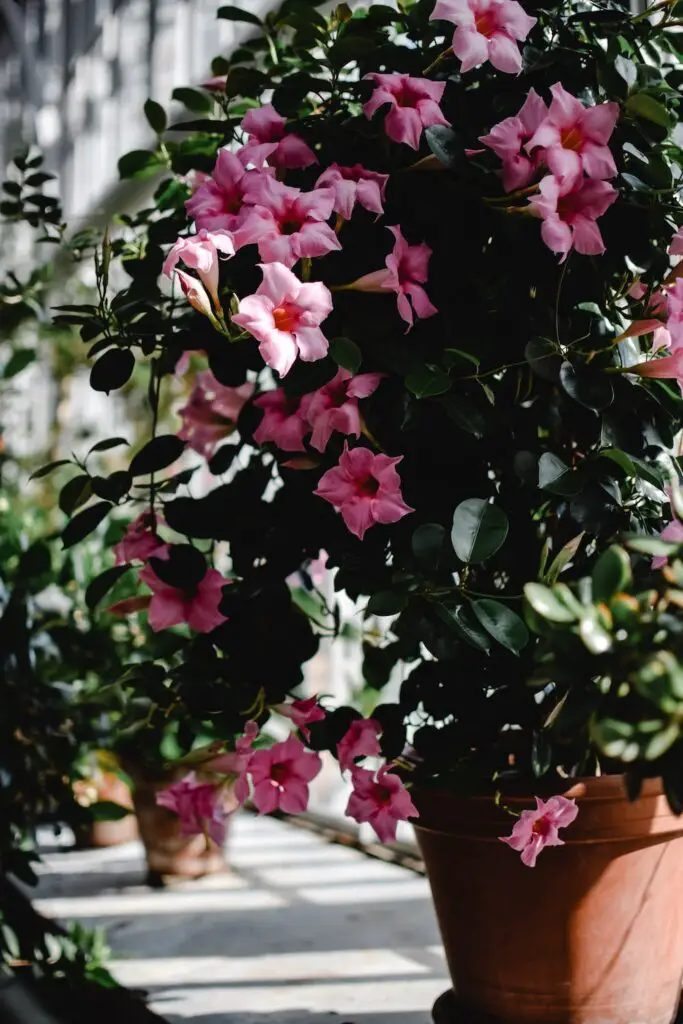
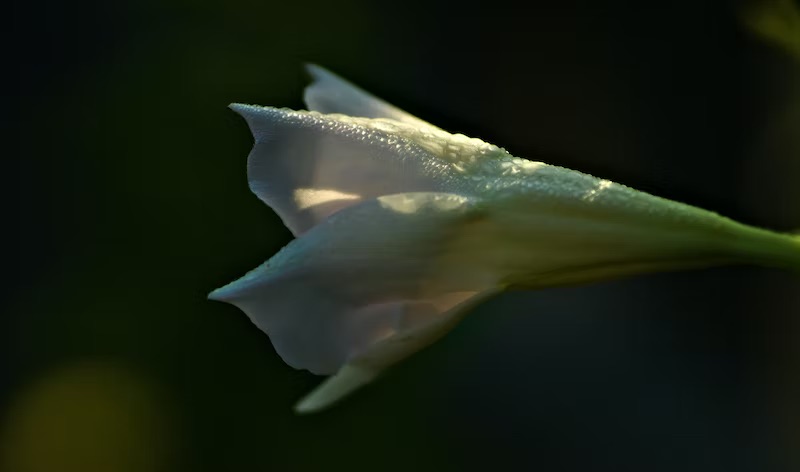
Table of Contents
Growing Conditions
Mandevilla splendens is a tropical plant, and it requires warm temperatures and high humidity to thrive. This plant prefers to grow in well-draining soil that is rich in organic matter. The ideal temperature range for this plant is between 60°F and 80°F (15°C and 26°C), and it requires bright, indirect light to grow properly.
One of the most important things to keep in mind when growing Mandevilla splendens as a houseplant is the need for regular watering. This plant requires moist soil, but it should not be allowed to sit in water for extended periods of time. Overwatering can cause root rot, which can ultimately kill the plant.
Fertilising is also important for the Mandevilla splendens plant. It is recommended to use a balanced fertiliser every two weeks during the growing season to encourage healthy growth and flowering.
Propagation
Propagation of Mandevilla splendens can be done using stem cuttings. To propagate this plant, take a cutting of about six inches (25 centimetres) in length from the parent plant. Make sure that the cutting has at least two nodes, and remove any leaves that are close to the bottom of the stem. Dip the cutting in rooting hormone, and plant it in a pot filled with moist potting soil. Keep the cutting in a warm, humid location and water it regularly until it begins to grow.
Pests and Diseases
Like many plants, Mandevilla splendens is susceptible to pests and diseases. Some of the most common pests that can affect this plant include mealybugs, spider mites, and whiteflies. To prevent pest infestations, it is important to keep the plant clean and free of debris. In the event of an infestation, it may be necessary to use an insecticide to control the pests.
Mandevilla splendens can also be susceptible to fungal diseases such as powdery mildew and root rot. To prevent these diseases, it is important to ensure that the plant is not overwatered and that it is grown in well-draining soil. If fungal disease is suspected, it may be necessary to treat the plant with a fungicide.
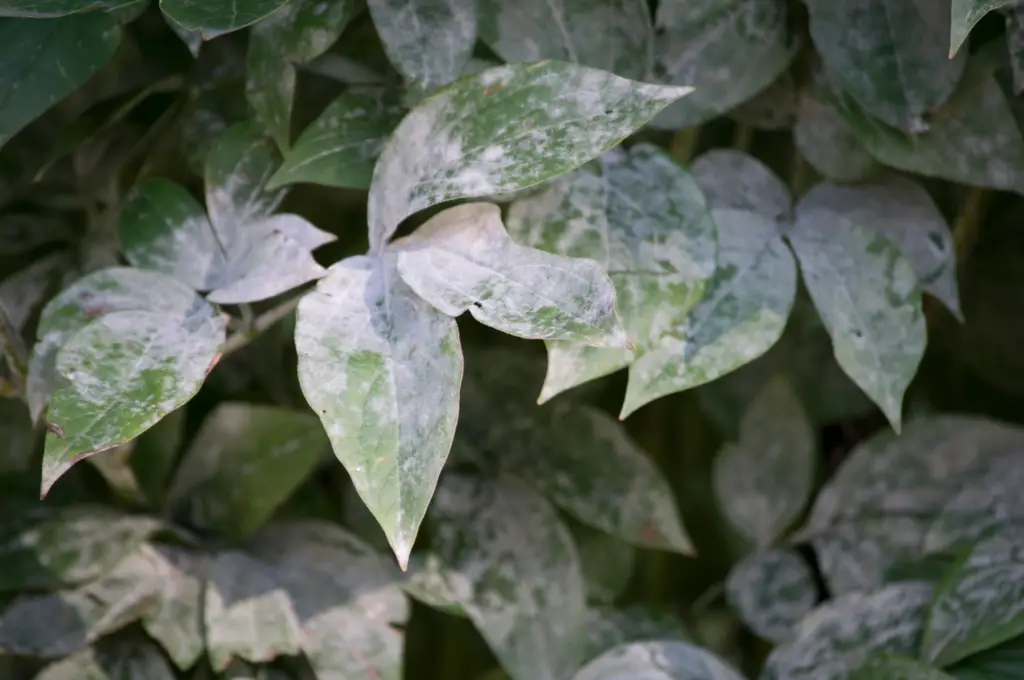
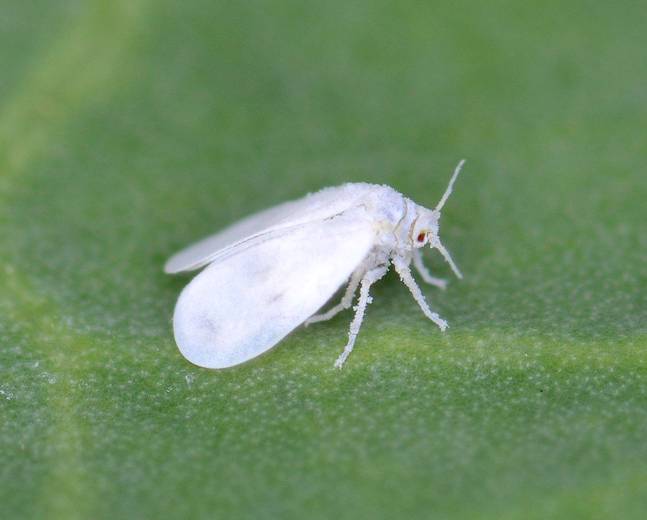
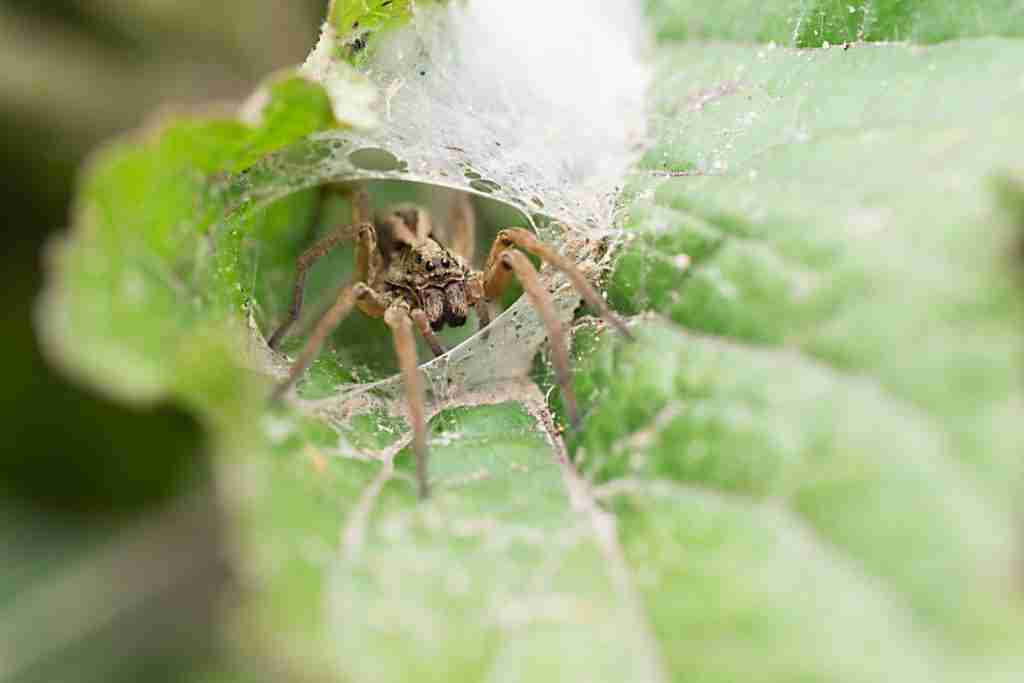
Pruning
Pruning is an important part of maintaining the health and appearance of the Mandevilla splendens plant. Regular pruning can help to control the size of the plant, promote healthy growth, and encourage the development of new flowers. When pruning the plant, it is important to use clean, sharp pruning shears to avoid damaging the plant. It is also important to prune the plant at the appropriate time. Pruning should be done in the early spring, just before new growth begins.
To prune the plant, start by removing any dead or diseased growth. Next, remove any stems that are growing in the wrong direction or that are rubbing against other stems. Finally, prune back any stems that have become too long or leggy. When pruning back long stems, make sure to cut just above a healthy leaf node to encourage new growth.
Training
Training is another important aspect of maintaining a healthy and attractive Mandevilla splendens plant. Because this plant is a vine, it can benefit from being trained to grow up a trellis or other support structure. This not only helps to control the size of the plant, but it can also help to showcase the plant’s beautiful flowers.
To train the plant, gently tie the stems to the support structure using plant ties or soft twine. Be careful not to tie the stems too tightly, as this can damage the plant. As the plant grows, continue to tie the stems to the support structure as needed.
Conclusion
Overall, Mandevilla splendens is a beautiful and rewarding plant to grow as a houseplant. With proper care and attention, this plant can provide years of enjoyment with its stunning foliage and flowers. By providing the plant with the right growing conditions, regular watering and fertilising, and occasional pruning and training, you can help your Mandevilla splendens thrive and flourish in your home.
